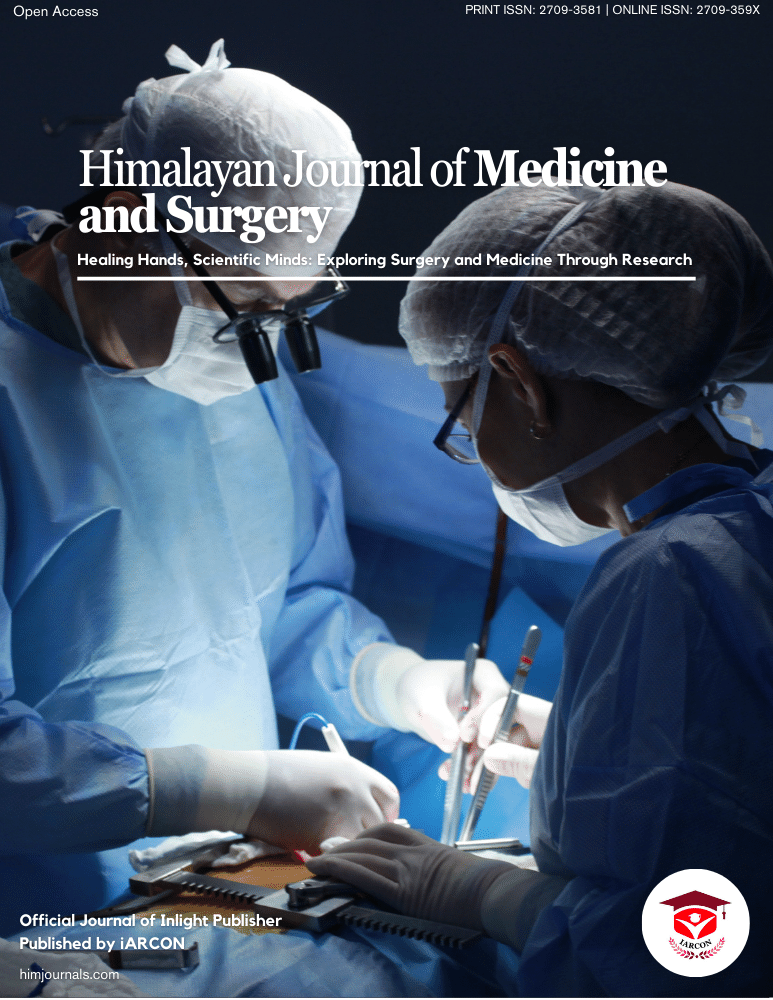Almost all patients will develop intra-abdominal adhesions after abdominal surgery. The most common consequences are: more complex subsequent surgery, abdominal pain, small bowel obstruction, and infertility. A 35% readmission rate over 10 years after abdominal surgery has been reported to be directly or possibly related to adhesions. The risk of developing bowel obstruction that requires surgery varies from 1% after appendectomy to more than 10% after colectomy. Colorectal cancer is one of the most common cancers worldwide, and its incidence has been increasing rapidly. At the time of diagnosis approximately 8% to 13% of all colorectal cancer patients present with malignant colorectal obstruction. It is usually located in the left-sided colon and requires urgent decompression because can lead to dehydration, electrolyte imbalance, shock, colorectal necrosis, bacterial translocation, organ failure, and death. Classically, emergency surgery was considered for a prompt decompression of obstruction, but it is associated with a higher risk of mortality and morbidity compared to elective surgery [5].
Abdominal surgical trauma causes adhesion in almost all patients. Although the majority of patients are asymptomatic, a significant number suffer from small bowel obstruction, female infertility, and chronic pain. After abdominal surgery, obstruction has been observed in 9% of patients. A readmission rate of 30% during a 10-year period has been reported, and most cases occur within in the 1st year after abdominal surgery. Rectal cancer surgery causes the highest readmission rates]. Mortality rates in small bowel obstruction surgery are reported to be up to 10%, rising to 15%, when small bowel resection is performed, with a 33% risk of inadvertent enterotomy during surgery for bowel obstruction [6].
Abdominal wall hernia is estimated to affect up to 1.5% of the world population, and more than 20 million hernias are repaired every year. The most frequent hernia is the inguinal hernia (70-75%) followed by femoral (6-17%), umbilical (3-8.5%), and then the rare forms (1-2%) [7].
The most frequent symptoms were: abdominal pain and cessation of gas and feces elimination, followed by vomiting and abdominal distension. Such symptoms also prevailed in other studies that evaluated elderly people with intestinal obstruction [8-9].
Regarding the use of imaging methods to aid diagnosis, it was demonstrated that the simple X-ray of the abdomen and the Computed Tomography have similar sensitivity and specificity, however, according to Ahn et al., it was demonstrated that the Computed Tomography has greater sensitivity in the identification of intestinal obstruction in relation to the simple X-ray of the abdomen (75% x 49%) [9-10].
Abdominal computed tomography can play a key role in the management and diagnosis of patients with intestinal obstruction caused by any type of internal hernia although surgery may be the only option to make an accurate diagnosis and treat this type of hernia [11].
Acute small bowel obstruction as late as many months following capsule endoscopy investigation is very rare, with only a few cases reported in the published literature. Luminal stenosis due to a variety of conditions such as ulcers, tumors, Crohn’s disease-related strictures, NSAID-induced enteropathy, radiation enteritis, or post-anastomotic strictures can facilitate obstruction. It has been stated that cancer due to small bowel tumors has the advantage that the impacted capsule aids in identifying the location of the bowel segment that needs to be respected. Contraindications to capsule include clinical or radiographic evidence of bowel obstruction, extensive and active Crohn’s disease with or without strictures, and intestinal pseudo-obstruction [12-13].
In a similar study, the percentage of clinically treated patients was 49%, higher than that presented in the present analysis, which estimated at 14%, however, they obtained a mortality of 12% in 6 months and a readmission rate of 39% [14]. The current recommendation of early surgery seems reasonable. Recurrent obstruction was 7% at 1 year and 18% overall during follow-up, a third of these patients required surgery. About half of the recurrences appeared within the first 2 years, but there was a cumulative increase during follow-up [15]. Treatment for refractory cases and complete small bowel obstruction typically requires surgical intervention [16].
Mortality in the geriatric population with intestinal obstruction is higher than in the others. Partly due to the lower organic reserve, the presence of co-morbidities with debilitating underlying diseases and the higher prevalence of neoplasia. In the literature, it is found that more than half of elderly patients admitted to the emergency room with abdominal pain require hospitalization and of these 20-33% will undergo immediate surgery [10].
Regarding the postoperative diagnosis, it was found that a portion of the patients who had undergone previous abdominal surgery had a neoplastic disease as the cause of intestinal obstruction, we emphasize that the presence of previous surgery is not always related only to the occurrence of adhesions, and we cannot rule out the hypothesis of neoplastic disease in this population. It is noteworthy that due to the higher incidence of diagnosed gastrointestinal neoplastic disease, the mortality rate in this study was higher than in the literature.


